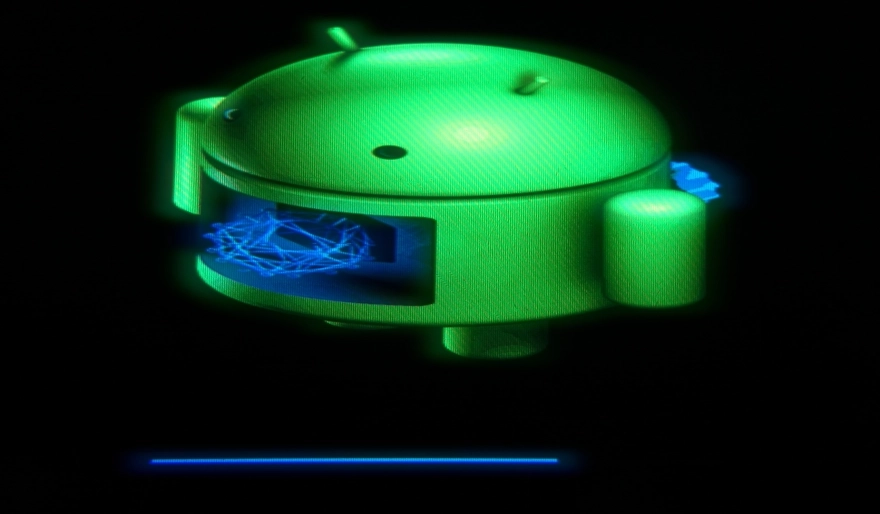How to Reset Your Android Phone to Factory Settings
9 min read How to Reset Your Android Phone to Factory Settings - written by YASSIN Zoi, Senior Content Marketer March 07, 2024 15:31
1. Introduction to Factory Resetting Android Phones
It's also something that's often useful if you're
about to trade-in your current phone for a new one, as it effectively creates
an empty phone that will be much easier to set up should the new owner want to
quickly test it before parting with their cash. Also, and critically, it
reduces the chances of anything being able to be recovered from the phone by
anyone else - to get any data off it, they will have to use specialist software
and/or hardware, and that alone makes it pretty safe.
Generally, over time, mobile phones have an annoying
habit of slowing down and even sometimes stalling or crashing. While this isn't
a problem restricted to Android phones, others aren't covered here. Restoring
factory settings will not only remove the old operating system but also wipe
any remnants of virus infections or dodgy installations that were causing
problems. Factory resetting an Android device will also remove any existing
apps, photos, contacts, and anything else on it.
Introduction
2. Different Methods of Factory Resetting Android Phones
Method 2: Use Recovery Mode You can use the key
combinations to enter recovery mode. Press power plus volume up key at the same
time to enter recovery mode. Once you are in the recovery mode, use the volume
keys to navigate and select 'Factory Reset'. Press the power key to confirm and
wait for the process to complete.
Method 1: Use Phone Settings This is the most simple
and straightforward method. Open phone settings, scroll down and you will find
the reset option. Select 'Reset' and then select 'Erase all data' to complete
the process.
There are different methods to reset an Android phone
to its factory settings. This is done to resolve any existing system issues in
your phone, like force close and application crash, or if you wish to sell the
phone and you would like to have your private information erased from it. The
following are the steps to perform this action:
3. Precautions and Backup Procedures Before Factory Reset
In addition to the above precautions, make sure to
backup all data first before resetting as temporarily severe data losses may
occur. It's best to use an SD card to transfer all of the photos, app data, and
any important downloads in one place.
Secondly, when performing a reset operation on the
phone, be extremely diligent and patient as the entire process will delete all
of the files and settings that you have saved on the phone's flash memory. If
you accidentally perform a factory reset, there are still ways to undelete the
removed data or settings back from your Android phone's flash memory. These
ways, however, are more suited for power or professional users. You may require
using special file recovery software or consulting a computer forensics
professional to perform file recovery.
First of all, when a user wants to perform a factory
reset on their Android phone, it is assumed that there are no hardware issues
that are preventing the phone from starting up or shutting down properly. If
you are experiencing such issues, then realize that performing a reset won't
solve these problems. Seeking professional help is a better alternative.
If you have come to that point when you have had it
and decided to flash your Android phone back to its original state and factory
settings, then you are at the right place. I am going to provide a
comprehensive guide on what you need to do before proceeding with the reset,
what settings to use during the operation, and what happens after a factory
reset.
4. Step-by-Step Guide to Performing a Factory Reset on
Android Phones
Step 1: Backup all of your personal data because a
factory reset will erase everything including applications, music, images, organizer
and everything that is of personal value to you. Make sure that you take time
to copy everything to a secure location or in the cloud. For most high-end
Android devices, photos and videos will be backed up in the cloud, which is a
major consumer of storage space. If you have a Google Account, photos and
videos will be saved in Google Photos and Google Drive, depending on the
settings of your backup photos and videos.
In this section, we will walk you through the
necessary steps you will need to follow to reset your Android phone to its
factory settings. Unlike for the purposes of certain scenarios which we
discussed in the previous section, if you follow the step-by-step guide
properly, your personal data will also be erased and your device will be returned
to how it would have been prior to Android installation. Therefore, if you are
planning on going ahead with the factory reset, make sure that you take time,
gather your personal information that you want to retain, and give it a secure
storage for retrieval. Perhaps the smartest move will be to sync what you wish
with the cloud just to make sure that everything is intact during and
commencing from the process.
5. Troubleshooting Common Issues After Factory Reset
If you experience issues with the home screen launcher
or the dialer after factory resetting your Android smartphone, you should check
if the Google or Samsung account restored any files that could have caused
these malfunctions. This would usually happen due to bugs within the
application backup.
First, try to turn it on by holding the Power key for
a while. If this works and you are able to turn on the phone, you might
experience a few issues that can be solved. In most cases, these issues have to
do with the data backup that was restored from the Google or Samsung account.
Open the Google Play Store and install the applications manually. Yep, we know
it's time-consuming, but this way you can be sure that no faulty application
caused these malfunctions.
In some cases, the factory reset might fail to solve your Android device issues. This might occur because the smartphone's malfunction isn't caused by software, but instead by hardware. However, software problems are usually the cause for the issues pointed out after performing a factory reset.
User Comments (0)
Popular Apps










Editor's Choice









